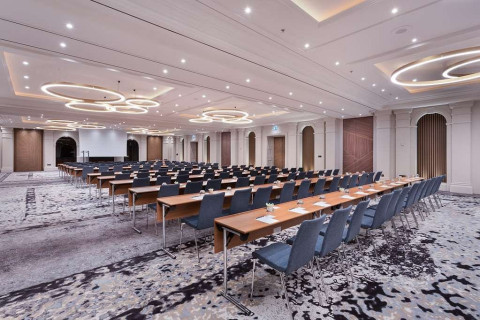- Home
- Past Conferences
- 2nd Interventions in Aging Conference
2nd Interventions in Aging Conference
Understanding Mechanisms & Compressing Morbidity in Aging Humans
02 Mar - 05 Mar 2017
Cancun, Mexico
-
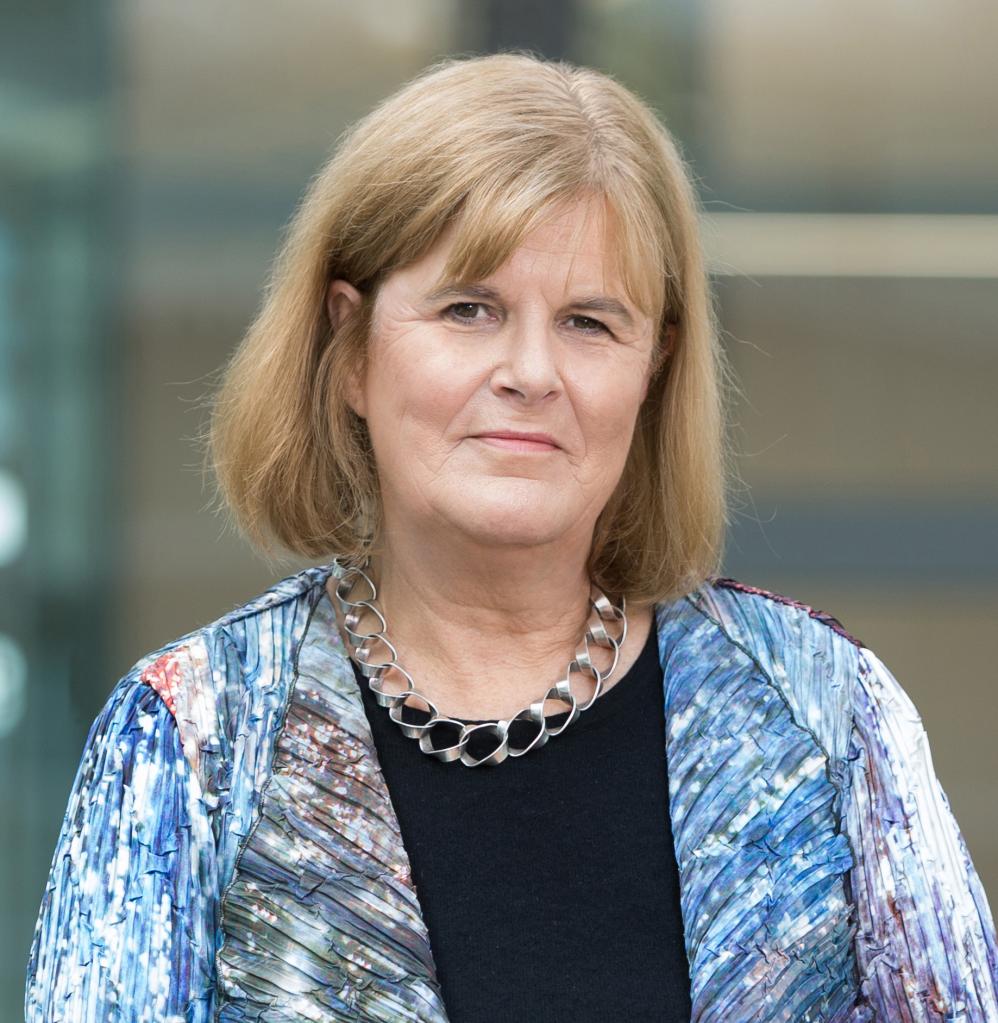
Linda Partridge
University College London
-
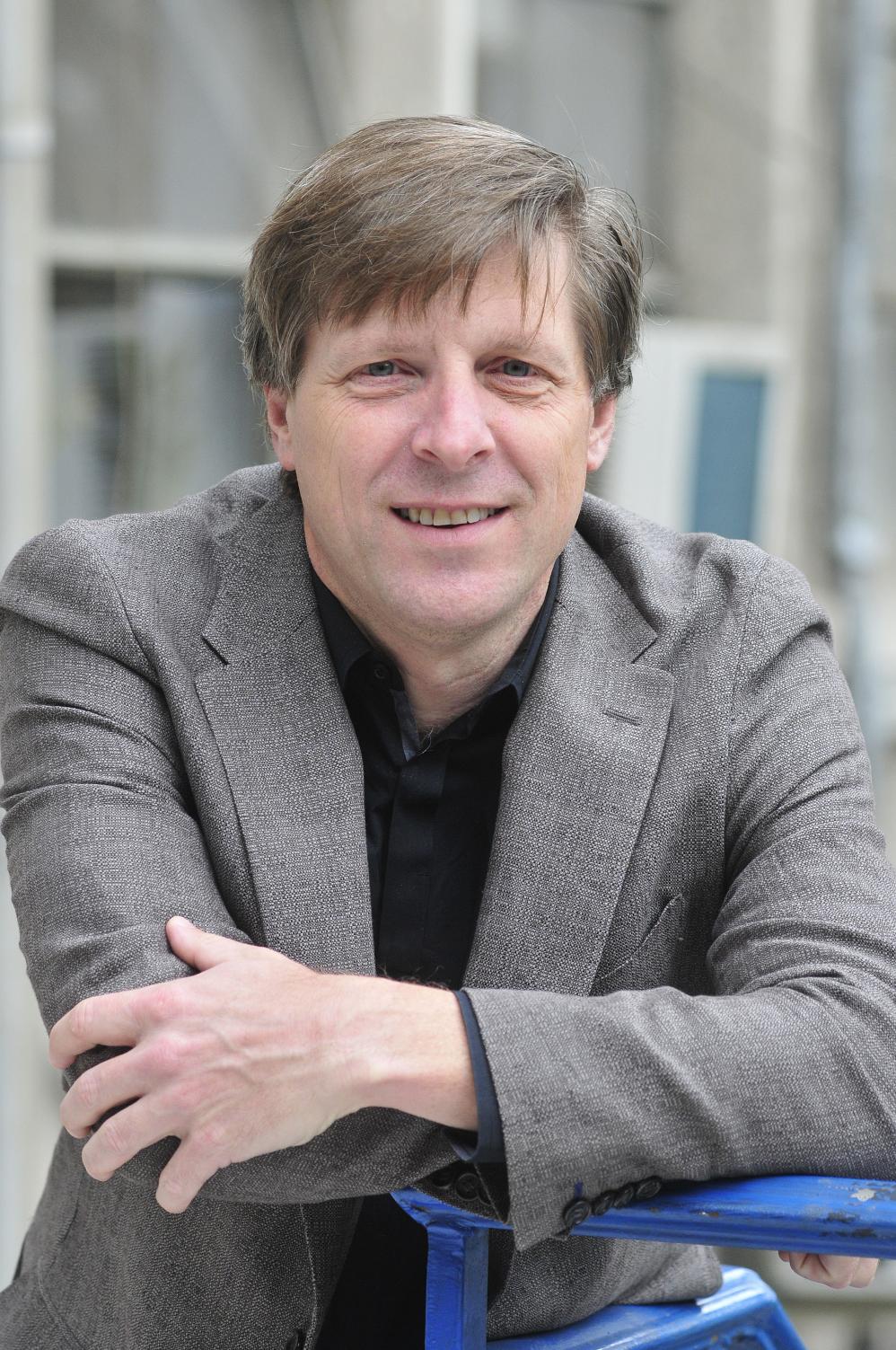
Brian Kennedy
Buck Institute for Research on Aging
Early Bird - Expired • Talk Submission - Expired • Poster Submission - Expired • Registration & Payment Deadline - Expired
Report
In March 2017, the Second Interventions in Aging Conference was held in Cancun, Mexico and organized by Fusion Conferences, Ltd. As meeting organizers, we would like to provide a brief overview of the meeting proceedings, which reflect larger views in the aging research field about the future directions critical for continued progress.
The meeting, similar to the earlier event in 2015, was focused on interventional strategies. One notable difference was that this year’s meeting was much more directed toward potential interventions to target human aging. The field has been very successful over the last decade in identifying interventions that extend lifespan and healthspan in animal models such as yeast, flies, worms, mice and, to some extent, primates. However, the primary goal is to employ knowledge from basic aging research to develop novel medical strategies aimed at extending human healthspan. Aging is the biggest risk factor for a wide range of chronic diseases that, to date, medical strategies have treated as separate entities, and as they arise. Yet, aging is driven by a limited number of coordinated pathways that can be modulated, and evidence suggests that interventions delaying aging will protect against multiple age-related diseases simultaneously. Discoveries in basic aging research thus point towards a broad-spectrum, preventative, medical strategy for aging-related disease.
There were seven research topics each addressed thematically at the meeting. All were chosen because they embody different strategies to target human aging. Each session combined talks from Platform speakers with those chosen from submitted abstracts. The first and largest theme was targeted toward Organismal Aging, or understanding the intrinsic pathways that govern aging of the entire organism. Platform presentations were provided by Rozalyn Anderson (University of Wisconsin-Madison), Adam Antebi (Max Planck Institute, Köln), Holly Brown-Borg (University of North Dakota), Yuki Ikeno and Nicolas Musi (University of Texas Health Sciences Center), Laura Niedernhofer (Scripps Florida), Scott Pletcher (University of Michigan), Eline Slagboom (Leiden University Medical Center). The interesting aspect of these presentations is that they address strategies to modify aging that touch back to research from the early days of aging research while simultaneously pointing to novel strategies for future interventions. Dr. Brown-Borg defined new mechanisms linking growth hormone signaling to aging, Dr. Ikeno, using mammalian models, re-evaluated the role of reactive oxygen species; Dr. Niedernhofer presented new evidence for links between progeria and normal aging, interpreting these strategies in the context of possible interventions that may affect both normal and “premature” aging; Dr. Musi linked NFkB signaling to sarcopenia, a major driver of frailty in aging; Dr. Pletcher described fly studies to examine the impacts of psychological stress on aging using flies; Dr. Antebi discussed novel strategies linking nuclear structure to aging using the classic model organism – C. elegans; Dr. Anderson elaborated mechanisms linking calorie restriction to lifespan extension in primates; and Dr. Slagboom described strategies to examine the impact of aging pathways in elderly human populations.
The second theme was focused on using Stem Cells to target aging, with exciting presentations by Heinrich Jasper (Buck Institute for Research on Aging) on aging of epithelial stem cells in flies and mice, Emmanuelle Passague (Columbia University) on links between metabolism, autophagy and aging in the hematopoietic system and Sara Wickstrom (Max Planck Institute, Köln), who discussed focused on how adult stem cells self-organize into functional configurations. The third theme, addressing Cellular Mechanisms of Longevity Assurance, focused on pathways suspected to modulate aging, including autophagy by Malene Hansen (Sanford Burnham Prebys Medical Discovery Institute), mitochondrial function and aging with emphasis on the role of small mitochondrial peptides by David Lee (University of Southern California), and the hypoxia pathway by Dana Miller (University of Washington).
Theme 4 centered on Epigenetics, which is not only becoming a target for intervention in aging, but is rapidly becoming a leading candidate for providing biomarkers of biological age. Weiwei Dang (Baylor College of Medicine) studied mesenchymal stems cells and adipocyte differentiation, elucidating mechanisms leading to activation of the protein deacetylase, SIRT1; Dr. Eric Greer (Harvard Medical School/Boston Children’s Hospital) evaluated mechanisms leading to transgenerational inheritance of epigenetic marks that impact lifespan, John Sedivy (Brown University) described links between the epigenome and activation of somatic retrotransposons, and how this activation may drive senescence and aging; and Steve Horvath (UCLA) detailed a number of studies further promoting the epigenetic clock as a marker of accelerated and delayed aging.
Theme 5 was designed to take a Systems Aging viewpoint. Such a holistic understanding of the aging process is in a sense the ultimate goal of the research. Is it possible to understand such a complex process as aging not just one gene and pathway at a time but in totality? Anne Brunet (Stanford University) discussed strategies to model aging using worms and killifish (a short-live vertebrate gaining popularity in the aging research field); Paul Robbins (Sripps Florida) described studies to target mammalian aging and Christiaan Leeuwenburgh (University of Florida) described the multi-fold connections between iron metabolism/transport and aging. The final theme centered on Signaling and Metabolism, hitting the major metabolic pathways that are linked to aging and that can be targeted with interventional strategies. These include the mTOR pathway and rapalogs, discussed by Matt Kaeberlein (University of Washington); dietary restriction and links through mTOR to regulation of mRNA splicing, discussed by William Mair (Harvard University), dietary restriction in primates discussed by Julie Mattison (National Institute on Aging/NIH), NAD metabolism and Sirtuins, discussed by David Sinclair (Harvard Medical School) and mitochondrial roles in regulating aging and metabolism, discussed by Pinchas Cohen (USC Leonard Davis School of Gerontology).
As we move closer to interventions targeting human aging, it is critical to get together and discuss the best strategies and the ideal path forward. The meeting in Cancun provided a low stress atmosphere where scientists in the aging field could not only share data but take the time to think creatively and discuss issues in depth. We as organizers thank the session chairs, speakers, poster presenters and attendees, as well as the staff of Fusion Conferences, Ltd. for enabling a fascinating meeting. We also look forward to the 3rd Interventions in Conference to be held in approximately two years.
Synopsis
A plethora of genetic, dietary and pharmacological interventions can extend healthy lifespan in laboratory animals, and can delay or ameliorate diverse aging-related diseases. Many of the signalling pathways involved are evolutionarily conserved, and are starting to be implicated in human aging. This raises the intriguing possibility of performing preventative medicine against the chronic diseases of our time by targeting the main risk factor for all of them, namely aging. Two important current challenges in the field are (1) to understand the downstream pathways by which longevity interventions combat age-related loss of function and pathology, and (2) to translate the findings into the extension of human healthspan.
Student / Post-doc Grants
We have $1,000 grants available for students and post-docs to help offset the cost of registration. We would be delighted to hear from you should you wish to put forward a student or postdoc to be considered for this opportunity. Applications must contain a full name, brief description of current research, a short explanation as to why they would benefit from attending and lastly an abstract must be attached for consideration for either a talk or poster presentation.
Key Sessions
- Epigenetics
- Stem Cells
- Cell Signalling
- Translating Research to Benefit Aging Humans
Confirmed Plenary Speakers
Steve Horvath (UCLA David Geffen School of Medicine)
'ANTI-AGING INTERVENTIONS AND THE EPIGENETIC CLOCK'
Sara Wickström (Max Planck Institute for Biology of Ageing, Cologne)
'POPULATION-LEVEL CONTROL OF STEM CELL FATE DURING HOMEOSTASIS AND AGING'
Matt Kaeberlein (University of Washington)
'TARGETING mTOR SIGNALING TO PROMOTE HEALTHY LONGEVITY'
Eline Slagboom (Leids Universitair Medisch Centrum)
'LIFESTYLE INTERVENTIONS IN ELDERLY: THE RESPONSE OF MUSCLE, FAT AND THE METABOLOME'
Adam Antebi (Max Planck Institute for Biology of Ageing)
'CONVERGENT MECHANISMS OF LONGEVITY'
Pinchas Cohen (USC Leonard Davis School of Gerontology)
'NEW ROLES OF THE MITOCHONDRIA IN AGING'
Anne Brunet (Stanford School of Medicine)
'UNDERSTANDING AND MODELING AGING'
Heinrich Jasper (Buck Institute for Research on Aging)
'STEM CELL REGULATION AND MAINTENANCE IN AGING EPITHELIA'
Confirmed Invited Speakers
Rozalyn Anderson (Memorial Veterans Hospital)
'MECHANISMS OF CR IN RHESUS MONKEYS'
Changhan David Lee (University of Southern California)
'THE MITOCHONDRIAL-DERIVED PEPTIDE MOTS-c AND MITONUCLEAR COMMUNICATION'
Weiwei Dang (Huffington Center On Aging)
'ACTIVATION OF OXIDATIVE STRESS RESPONSE VIA SIRT1 IS REQUIRED FOR SUCCESSFUL ADIPOGENIC DIFFERENTIATION IN MESENCHYMAL STEM CELLS'
Eric Greer (Boston Children's Hospital)
'TOWARDS A MECHANISM OF TRANSGENERATIONAL INHERITANCE OF LONGEVITY'
Holly Brown-Borg (University of North Dakota)
'SOMATOTROPIC SIGNALING AND METABOLISM IN LONG-LIVING MICE'
Julie Mattison (Translational Gerontology Branch)
'RHESUS MONKEYS: CALORIE RESTRICTION, AGING, AND BEYOND'
Emmanuelle Passegué (Columbia University)
'HEMATOPOIETIC STEM CELL AGING, AUTOPHAGY, METABOLISM AND FATE DECISIONS'
Malene Hansen (Sanford Burnham Prebys Medical)
'CELLULAR RECYCLING: ROLE OF AUTOPHAGY IN AGING AND DISEASE'
Susana Gonzalo (Saint Louis University School of Medicine)
'ROLE FOR VITAMIN D RECEPTOR PRESERVING GENOME STABILITY DURING AGING'
William Mair (Harvard University)
'DIETARY RESTRICTION AND TORC1 PROMOTE LONGEVITY VIA SPLICING FACTOR 1 MODULATION OF Pre-mRNA SPLICING HOMEOSTASIS'
Scott Pletcher (University of Michigan)
'MODELING THE EFFECTS OF PSYCHOLOGICAL STRESS ON HEALTHY AGING'
David Sinclair (Harvard Medical School)
'IMPAIRMENT OF AN ENDOTHELIAL NAD+-H2S SIGNALING NETWORK IS A REVERSIBLE CAUSE OF AGING IN MAMMALS'
Dana Miller (University of Washington)
'ACTIVATION OF SKN-1 PROMOTES SURVIVAL INDEPENDENT OF HIF-1'
Nick Musi (University of Texas Health Science Center)
'ROLE OF NFkB ON AGING-RELATED SARCOPENIA'
Christiaan Leeuwenburgh (University of Florida)
'IRON TRANSPORT DEREGULATION WITH AGING'
Yuji Ikeno (University of Texas Health Science Center at San Antonio)
'MECHANISMS THAT EXTEND LIFESPAN AND HEALTHSPAN IN SPRAGUE-DAWLEY RATS OVEREXPRESSING Cu/ZnSOD'
Laura Niedernhofer (The Scripps Research Institute)
'NOVEL MOUSE MODELS OF ACCELERATED AGING FOR RAPID DRUG TESTING'
Paul Robbins (The Scripps Research Institute)
'DEVELOPMENT OF THERAPEUTIC APPROACHES TO EXTEND HEALTH SPAN'
Target Audience
This interdisciplinary meeting will address the above two challenges in depth, with participation from basic scientists, physicians and pharmacology experts.
Confirmed Speakers
Chairs

Linda Partridge
Institute of Healthy Ageing UCL, University College London

Brian Kennedy
President and CEO, Buck Institute for Research on Aging
Plenary Speakers
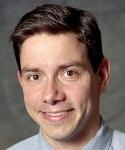
Steve Horvath
Professor, University of California, Los Angeles
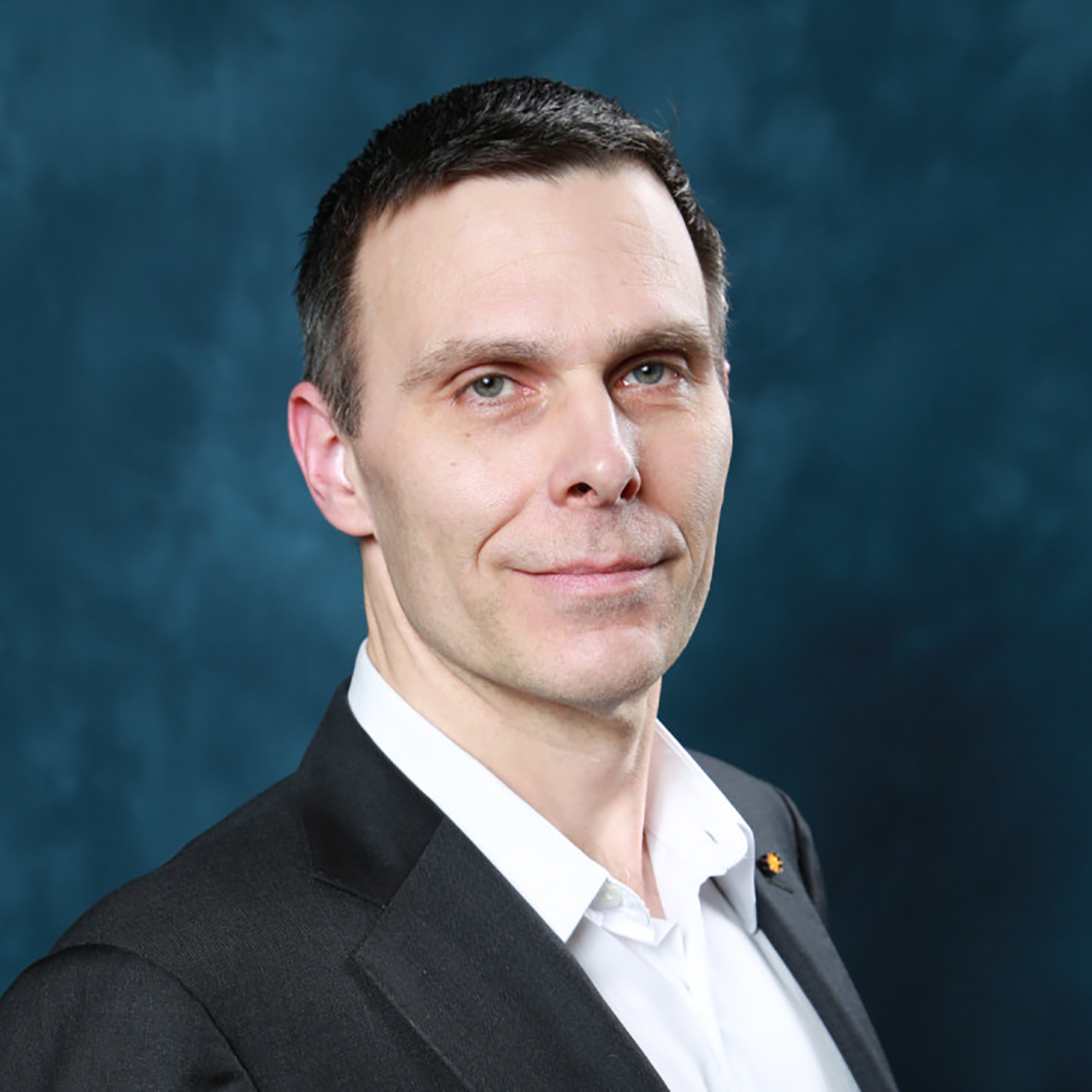
Matt Kaeberlein
Chief Science Officer, Optispan

P. Eline Slagboom
Head of section of Molecular Epidemiology, Leiden University Medical Center
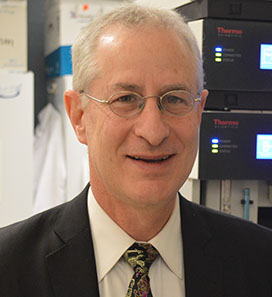
Pinchas Cohen
Dean, USC Leonard Davis School of Gerontology
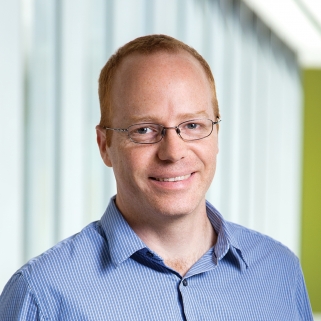
Heinrich Jasper
Professor, Buck Institute for Research on Aging

Sara Wickström
Group Leader, Max Planck Institute for Biology of Ageing
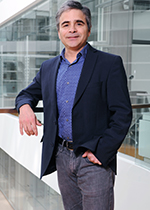
Adam Antebi
Director, Max Planck Institute for Biology of Ageing
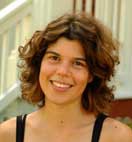
Anne Brunet
Michele and Timothy Barakett Professor of Genetics, Stanford University
Invited Speakers
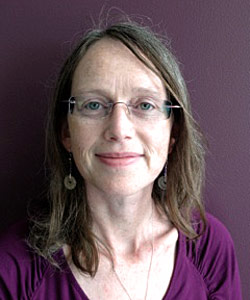
Rozalyn Anderson
Professor, University of Wisconsin Madison

Holly Brown-Borg
Professor, University of North Dakota
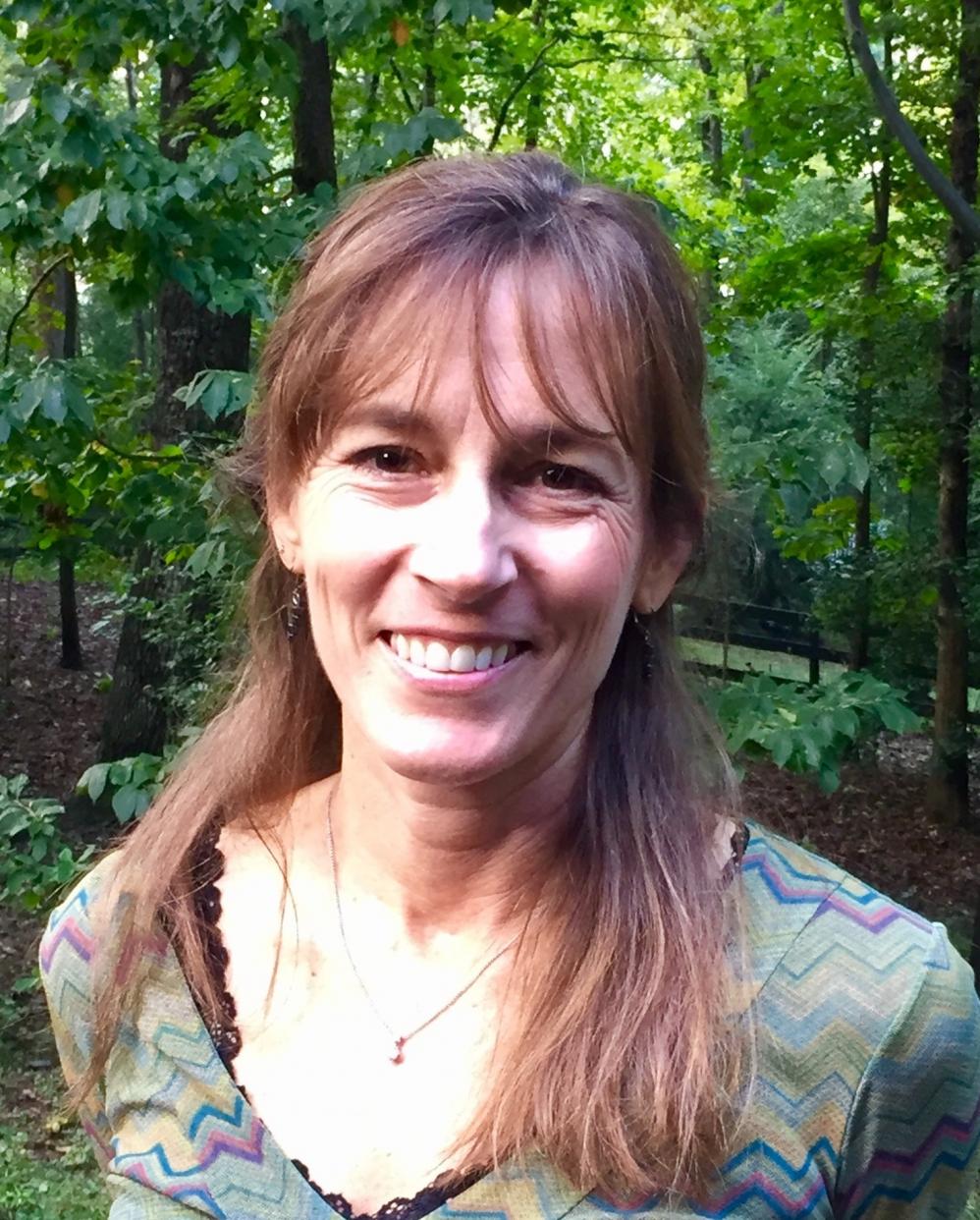
Julie Mattison
Staff Scientist, National Institute on Aging/NIH
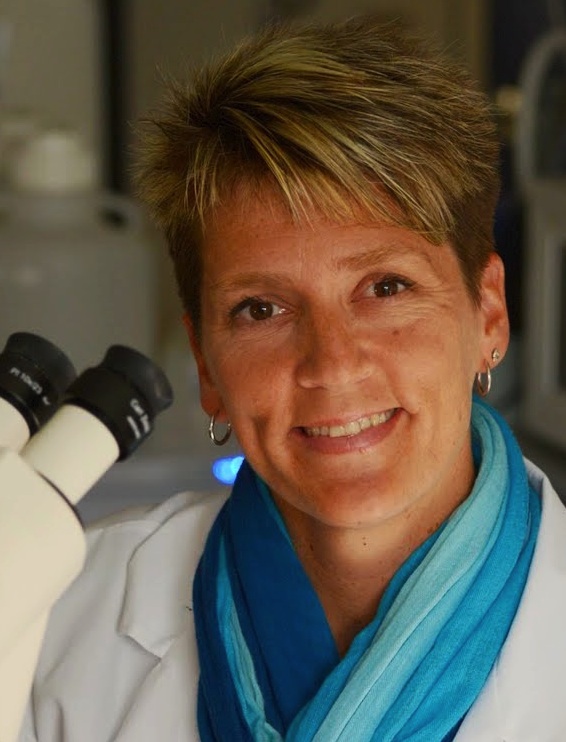
Malene Hansen
Associate Professor, Sanford Burnham Prebys Medical Discovery Institute
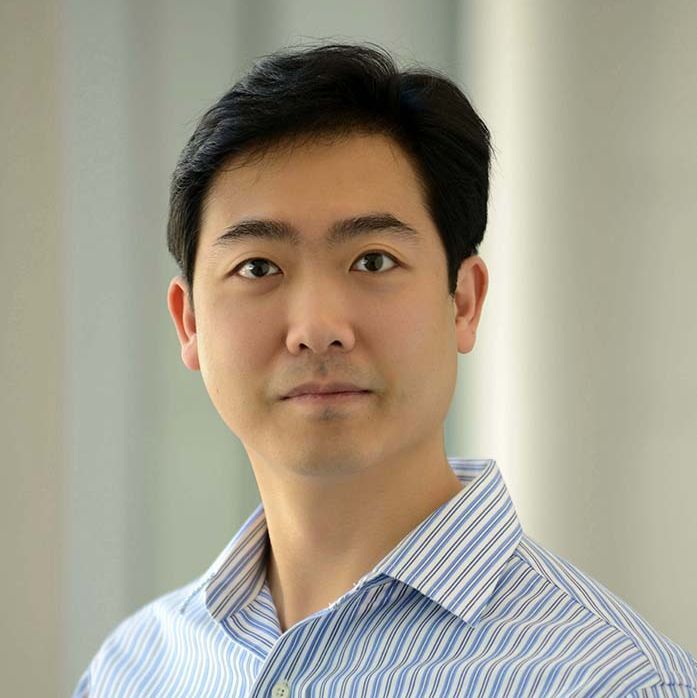
Weiwei Dang
Assistant Professor, Baylor College of Medicine

William Mair
Associate Professor, Harvard University

Eric Greer
Assistant Professor, Harvard Medical School/Boston Children's Hospital
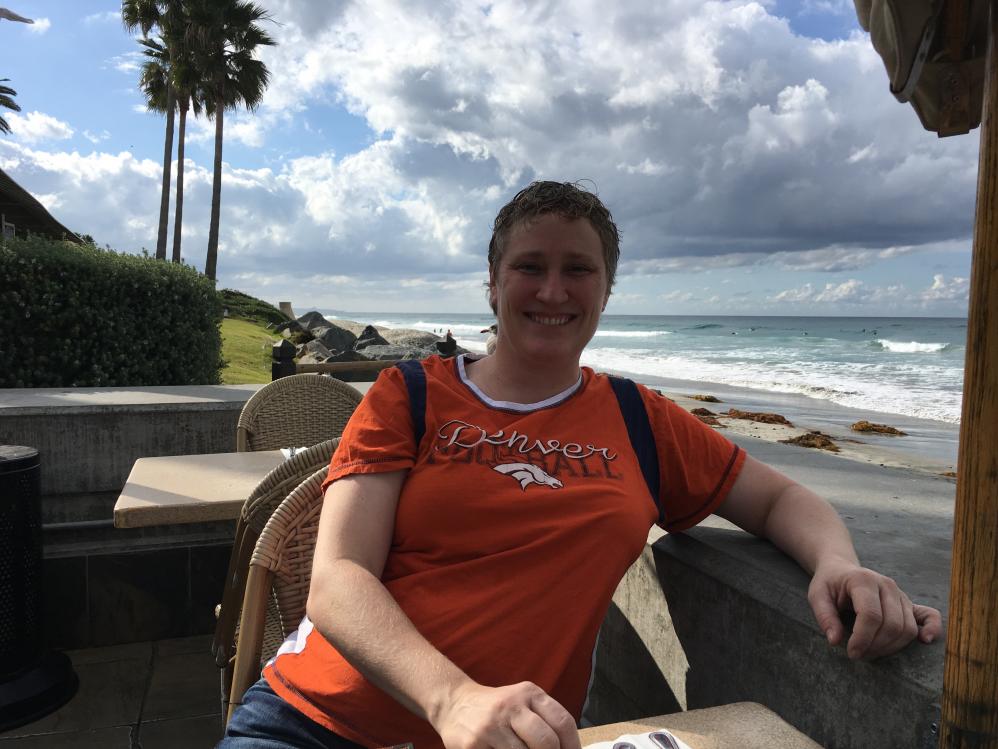
Dana Miller
Assistant Professor, University of Washington
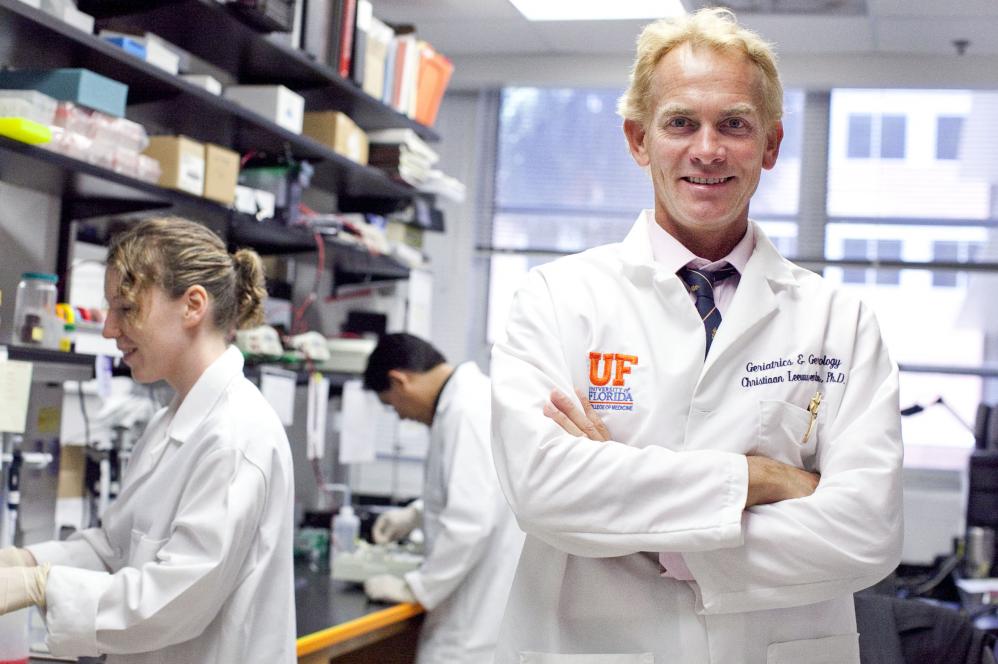
Christiaan Leeuwenburgh
Chief Division Biology of Aging , University of Florida
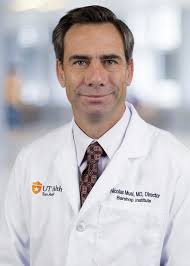
Nicolas Musi, MD
Professor of Medicine, Director of the Barshop Institute, UT Health Science SA
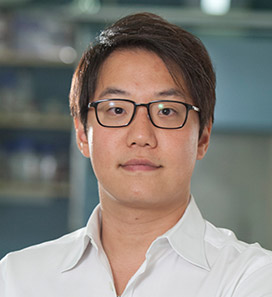
Changhan Lee
Assistant Professor, University of Southern California

David Sinclair
Professor, Harvard Medical School
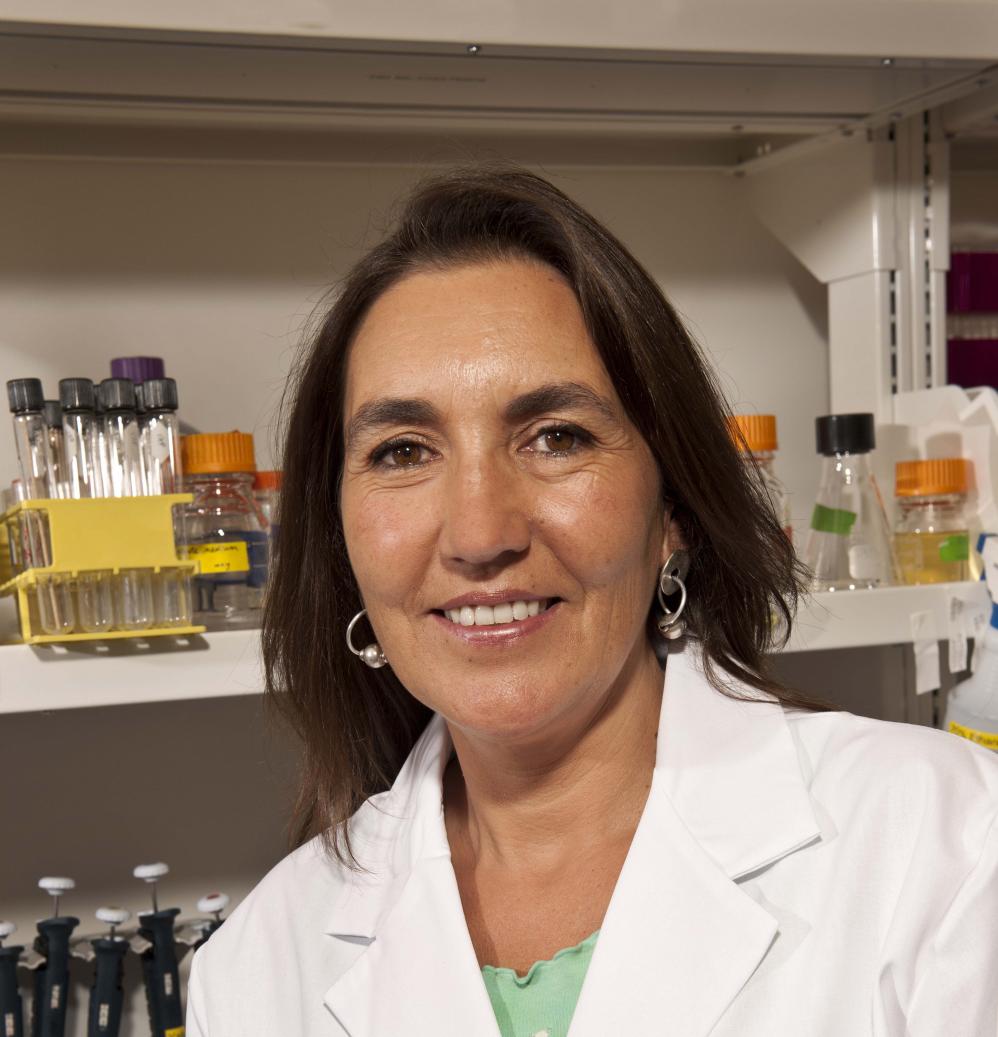
Susana Gonzalo
Associate Professor, Saint Louis University School of Medicine
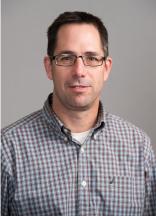
Scott Pletcher
Professor, University of Michigan
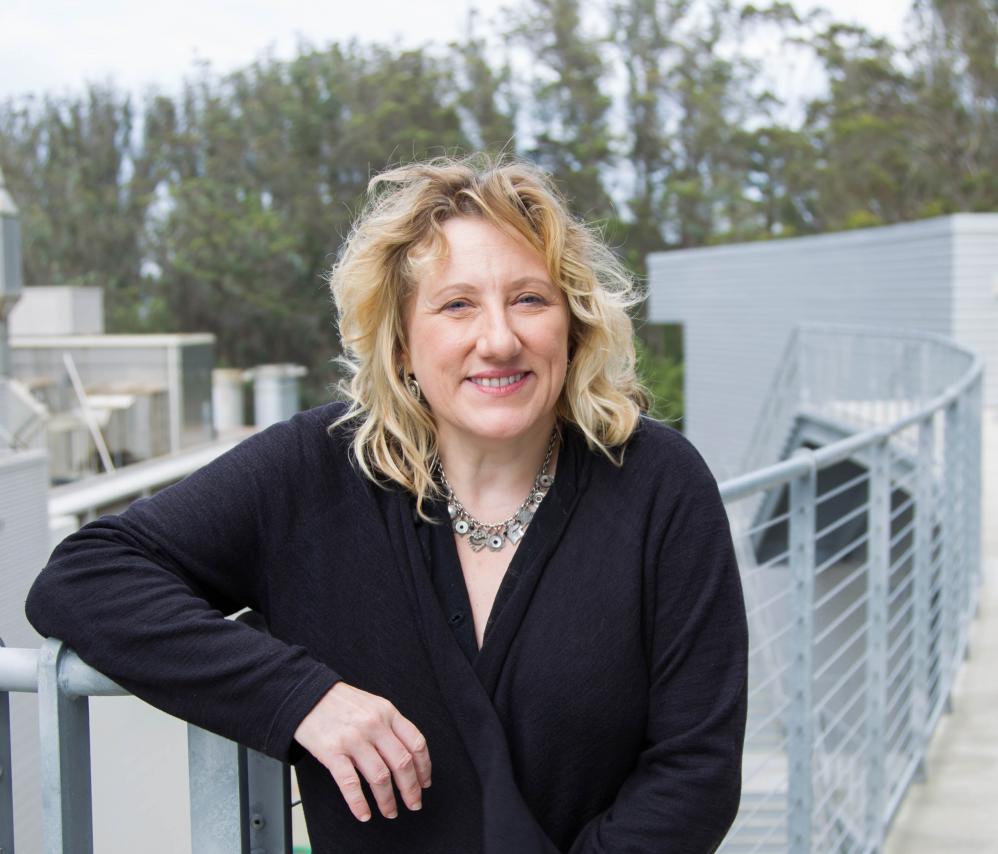
Emmanuelle Passegué
Director, Columbia Stem Cell Initiative, Columbia University

Laura Niedernhofer
Associate Professor, Scripps Florida
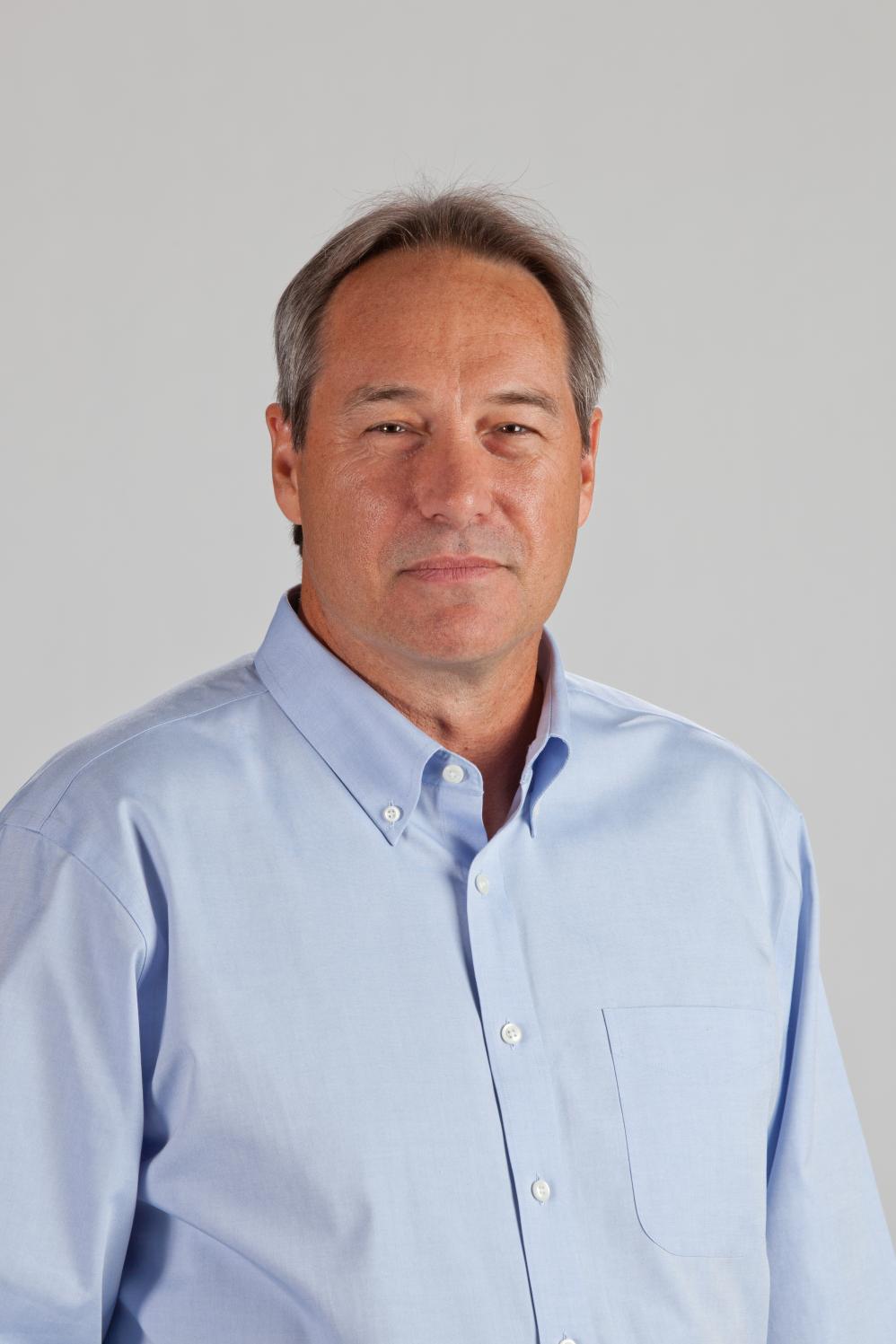
Paul Robbins
Professor, Scripps Florida

Yuji Ikeno
Professor, Barshop Institute/UTHSCSA
Programme
THURSDAY 02ND MARCH 2017 |
||
|
14:00 – 14:45 |
Registration & Reception |
|
|
14:00 – 14:45 |
Group Welcome Lunch |
|
|
ORGANISMAL AGING |
||
|
14:45 – 15:00 |
Opening Comments by Linda Partridge and Brian Kennedy |
|
|
15:00 – 15:45 |
Adam Antebi |
CONVERGENT MECHANISMS OF LONGEVITY
|
|
15:45 – 16:15 |
Laura Niedernhofer |
NOVEL MOUSE MODELS OF ACCELERATED AGING FOR RAPID DRUG TESTING |
|
16:15 – 16:30 |
Andrew Samuelson |
THE HOMEODOMAIN-INTERACTING PROTEIN KINASE HPK-1 PRESERVES PROTEIN HOMEOSTASIS AND LONGEVITY THROUGH THE HSF-1 CHAPERONE NETWORK AND TORC1-RESTRICTED AUTOPHAGY |
|
16:30 – 16:45 |
William Balch |
IDENTIFYING THE LUNG AGING SIGNATURE RESPONSIVE TO PROTEOSTATIC INTERVENTION |
|
16:45 – 17:15 |
Yuji Ikeno |
MECHANISMS THAT EXTEND LIFESPAN AND HEALTHSPAN IN SPRAGUE-DAWLEY RATS OVEREXPRESSING Cu/ZnSOD |
|
17:15 – 17:45 |
Refreshments |
|
|
STEM CELLS |
||
|
17:45 – 18:30 |
Sara Wickström |
POPULATION-LEVEL CONTROL OF STEM CELL FATE DURING HOMEOSTASIS AND AGING
|
|
18:30 – 19:00 |
Emmanuelle Passegué |
HEMATOPOIETIC STEM CELL AGING, AUTOPHAGY, METABOLISM AND FATE DECISIONS |
|
19:00 – 19:45 |
Heinrich Jasper |
STEM CELL REGULATION AND MAINTENANCE IN AGING EPITHELIA |
|
19:45 |
Dinner at Leisure |
|
FRIDAY 03RD MARCH 2017 |
||
|
07:00 – 08:30 |
Breakfast |
|
|
CELLULAR MECHANISMS OF LONGEVITY ASSURANCE |
||
|
08:30 – 09:00 |
Malene Hansen |
CELLULAR RECYCLING: ROLE OF AUTOPHAGY IN AGING AND DISEASE |
|
09:00 – 09:15 |
Lindsay Wu |
SIRT2 ACTIVITY AND NAD+ RESTORATION TREAT LATE LIFE INFERTILITY |
|
09:15 – 09:30 |
Arjumand Ghazi |
PROMOTION OF LONGEVITY BY COORDINATION OF LIPID PRODUCTION AND BREAKDOWN PATHWAYS |
|
09:30 – 09:45 |
Allon Canaan |
FAT10 SILENCING SLOWS AGING THROUGH SEVERAL NETWORKS AT THE INTERSECT OF INFLAMMATION METABOLISM AND INNATE IMMUNITY |
|
09:45 – 10:00 |
Vyacheslav Labunskyy |
ER STRESS RESISTANCE CONFERRED BY ADAPTIVE ANEUPLOIDY AND CONSTITUTIVE INDUCTION OF THE UNFOLDED PROTEIN RESPONSE IS ASSOCIATED WITH DECREASED YEAST REPLICATIVE LIFESPAN |
|
10:00 – 10:30 |
Changhan David Lee |
THE MITOCHONDRIAL-DERIVED PEPTIDE MOTS-c AND MITONUCLEAR COMMUNICATION
|
|
10:30 – 11:00 |
Refreshments & Group Photo |
|
|
11:00 – 11:30 |
Dana Miller |
ACTIVATION OF SKN-1 PROMOTES SURVIVAL INDEPENDENT OF HIF-1 |
|
11:30 – 11:45 |
Karima Djabali |
SULFORAPHANE, AN Nrf2 ACTIVATOR, ENHANCES PROGERIN CLEARANCE IN HUTCHINSON-GILFORD PROGERIA FIBROBLASTS |
|
11:45 – 12:00 |
Adam de Graff |
CHAPERONES CONTROL SENSITIVITY TO STRESS AND OXIDATION BY DEPLETING DAMAGE-PRONE STATES |
|
12:00 – 16:00 |
Lunch at Leisure & Free Time |
|
|
13:30 – 15:35 |
Group Snorkel Trip (to be confirmed) |
|
|
ORGANISMAL AGING |
||
|
16:00 – 16:45 |
Eline Slagboom |
LIFESTYLE INTERVENTIONS IN ELDERLY: THE RESPONSE OF MUSCLE, FAT AND THE METABOLOME |
|
16:45 – 17:15 |
Nicolas Musi |
ROLE OF NFkB ON AGING-RELATED SARCOPENIA |
|
17:15 – 17:45 |
Scott Pletcher |
MODELING THE EFFECTS OF PSYCHOLOGICAL STRESS ON HEALTHY AGING
|
|
17:45 – 18:15 |
Holly Brown-Borg |
SOMATOTROPIC SIGNALING AND METABOLISM IN LONG-LIVING MICE
|
|
18:15 – 18:45 |
Rozalyn Anderson |
MECHANISMS OF CR IN RHESUS MONKEYS
|
|
18:45 – 19:15 |
Refreshments |
|
|
19:15 – 19:30 |
Doron Melamed |
MOLECULAR MECHANISMS CONTROLLING B-CELL HEMATOPOIESIS AND SURVIVAL IN AGING |
|
19:30 – 19:45 |
Ann-Charlotte Granholm-Bentley |
AGING AND ALZHEIMER’S DISEASE IN DOWN SYNDROME |
|
19:45 – 20:00 |
Cheryl Conover |
PAPP-A: A PROMISING THERAPEUTIC TARGET FOR HEALTHY LONGEVITY |
|
20:00 |
Dinner at Leisure |
|
SATURDAY 04TH MARCH 2017 |
||
|
07:00 – 08:30 |
Breakfast |
|
|
EPIGENETICS |
||
|
08:30 – 09:15 |
Steve Horvath |
ANTI-AGING INTERVENTIONS AND THE EPIGENETIC CLOCK
|
|
09:15 – 09:45 |
Weiwei Dang |
ACTIVATION OF OXIDATIVE STRESS RESPONSE VIA SIRT1 IS REQUIRED FOR SUCCESSFUL ADIPOGENIC DIFFERENTIATION IN MESENCHYMAL STEM CELLS
|
|
09:45 – 10:15 |
Refreshments |
|
|
10:15 – 10:45 |
Eric Greer |
TOWARDS A MECHANISM OF TRANSGENERATIONAL INHERITANCE OF LONGEVITY
|
|
10:45 – 11:15 |
Susana Gonzalo |
ROLE FOR VITAMIN D RECEPTOR PRESERVING GENOME STABILITY DURING AGING
|
|
11:15 – 11:30 |
John Sedivy |
EPIGENETIC CHANGES AND SOMATIC RETROTRANSPOSITION IN CELLULAR SENESCENCE AND AGING |
|
11:30 – 16:00 |
Lunch at Leisure & Free Time |
|
|
SYSTEMS AGING |
||
|
16:00 – 16:45 |
Anne Brunet |
UNDERSTANDING AND MODELING AGING
|
|
16:45 – 17:00 |
Martin Denzel |
THE HEXOSAMINE PATHWAY MODULATES PROTEIN QUALITY CONTROL IN MAMMALS |
|
17:00 – 17:30 |
Paul Robbins |
DEVELOPMENT OF THERAPEUTIC APPROACHES TO EXTEND HEALTH SPAN |
|
17:30 – 17:45 |
David Melzer |
IDEAL VASCULAR RISKS AND RADICAL HEALTHY LIFE EXTENSION |
|
17:45 – 18:15 |
Christiaan Leeuwenburgh |
IRON TRANSPORT DEREGULATION WITH AGING |
|
18:15 – 20:00 |
Poster Session & Refreshments |
|
|
20:00 |
*Gala Dinner & Poster Awards* |
|
SUNDAY 05TH MARCH 2017 |
||
|
07:00 – 08:30 |
Breakfast |
|
|
SIGNALING AND METABOLISM |
||
|
08:30 – 09:15 |
Matt Kaeberlein |
TARGETING mTOR SIGNALING TO PROMOTE HEALTHY LONGEVITY
|
|
09:15 – 09:45 |
William Mair |
DIETARY RESTRICTION AND TORC1 PROMOTE LONGEVITY VIA SPLICING FACTOR 1 MODULATION OF Pre-mRNA SPLICING HOMEOSTASIS |
|
09:45 – 10:15 |
Julie Mattison |
RHESUS MONKEYS: CALORIE RESTRICTION, AGING, AND BEYOND
|
|
10:15 – 10:45 |
David Sinclair |
IMPAIRMENT OF AN ENDOTHELIAL NAD+-H2S SIGNALING NETWORK IS A REVERSIBLE CAUSE OF AGING IN MAMMALS |
|
10:45 – 11:15 |
Refreshments |
|
|
TBC |
||
|
11:15 – 11:30 |
Louis Lapierre |
BLOCKING LIPID SECRETION PROMOTES LIPOPHAGY AND LONGEVITY |
|
11:30 – 12:15 |
Pinchas Cohen |
NEW ROLES OF THE MITOCHONDRIA IN AGING
|
|
12:15 – 12:30 |
Closing Comments by Linda Partridge and Brian Kennedy |
|
MONDAY 06TH MARCH 2017 |
|
|
07:00 – 19:40 |
Group Chichen Itzá Trip (to be confirmed) |
Supported by
Venue & Location
Fiesta Americana Condesa
This stylish hotel features contemporary Mexican architecture, including one of the largest and most impressive thatched-roof "palapas" in the entire country. There are cultural activities, arts and crafts and sports programs to keep you constantly entertained, plus time to relax and enjoy the Mayan culture, soak up the Caribbean sunshine and revel in the international ambiance that settles in after the sun goes down.
Throughout your stay delegates will enjoy a full meal plan, inclusive of beverages. Take your pick from the aromatic Asian delights at Kaumbu, traditional fare at El Mexicano, delicious international cuisine at Kalmia Buffet or perhaps sample the sumptuous Italian dishes at Rosato. There are also several other dining opportunities such as the Cevichería, Pizzeria, Sushi Corner, pool and lounge bar areas. The Gala Night with either a Mayan or Caribbean theme takes place on the third evening of the conference with a mouth-watering feast of local cuisine, an open bar and amazing local entertainment. We welcome all delegates and their accompanying persons to the Gala Night – a truly fun filled night not to be missed!
Hotel Facilities
- Lagoon Pool
- Extensive Health Club and Spa
- Complimentary Wi-Fi in guest rooms and throughout hotel and conference areas
The Fiesta Americana Condesa, Cancun is the 2015 Winner of the Trip Advisor Certificate of Excellence and also received the Travellers Choice Award in 2014.
The remains of ancient Mayan cities are scattered throughout the Yucatan Peninsula and no trip to Cancun would be complete without a visit to these majestic temples and pyramids set amongst lush tropical vegetation. We will be working very closely with a reputable tour company who will be organising trips to Tulum, Chichen Itza, Coba and Xcaret to name a few, some of which may require a full day. Full day excursions will be arranged pre or post conference and may be on an individual or group booking so we would recommend booking extra nights to extend your stay as early as possible to avoid disappointment should these excursions be of interest to you and/or your party. For further information please contact us.
General Information
Venue Rating
★ ★ ★ ★ ★
Currency
US Dollar (USD)
Address
Fiesta Americana Condesa, Blvd.Kukulkán km 16.5 Zona Hotelera, Cancun, 77500 Mexico
Nearest Airport
Cancun International Airport
Location
Cancun is a delightful combination of natural beauty, islands, ecological reserves and white sandy beaches. However, besides sun, sand and sea, this destination also offers an infinite variety of underwater activities to choose from: the diving, snorkelling and fishing here are outstanding and you will find an undersea world packed with tropical fish that live on the second largest barrier reef in the world. Sports enthusiasts might choose one of the many eco-tourism activities, such as cycling or hiking through the tropical forest or kayaking through mangroves, or something a little more adventuresome, like zip lining through the treetops.
Apart from the more well-known ancient Mayan archealogical sites such as Tulum, Cobá and Chichén Itzá you may like to visit the Aktun Chen caverns, voted one of the Top 10 underwater walks by National Geographic described as a truly magical experience.
Gallery
View on FlickrConference History
If you are interested in this meeting but not yet ready to register, you can sign up for updates here and our team will keep you updated regarding deadline reminders and grant opportunities relating to this meeting only.
If you're interested in sponsoring this conference please contact us.
Conference Manager

Laura Trundle
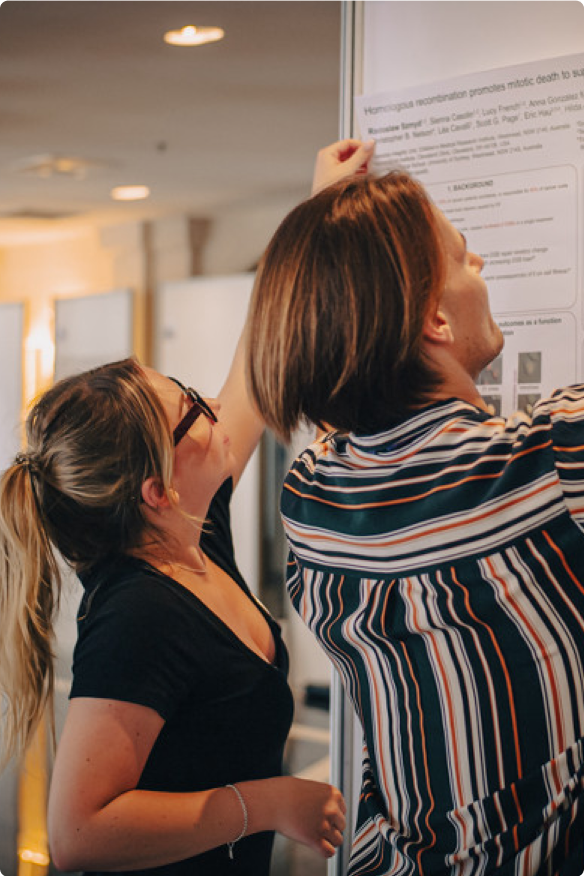

Need some help? Chat to the Fusion team today
As a family run business, our dedication runs deep. We’re committed to each other and, even more so, to every attendee’s experience, delivering a level of care and passion that’s truly unmatched.








































